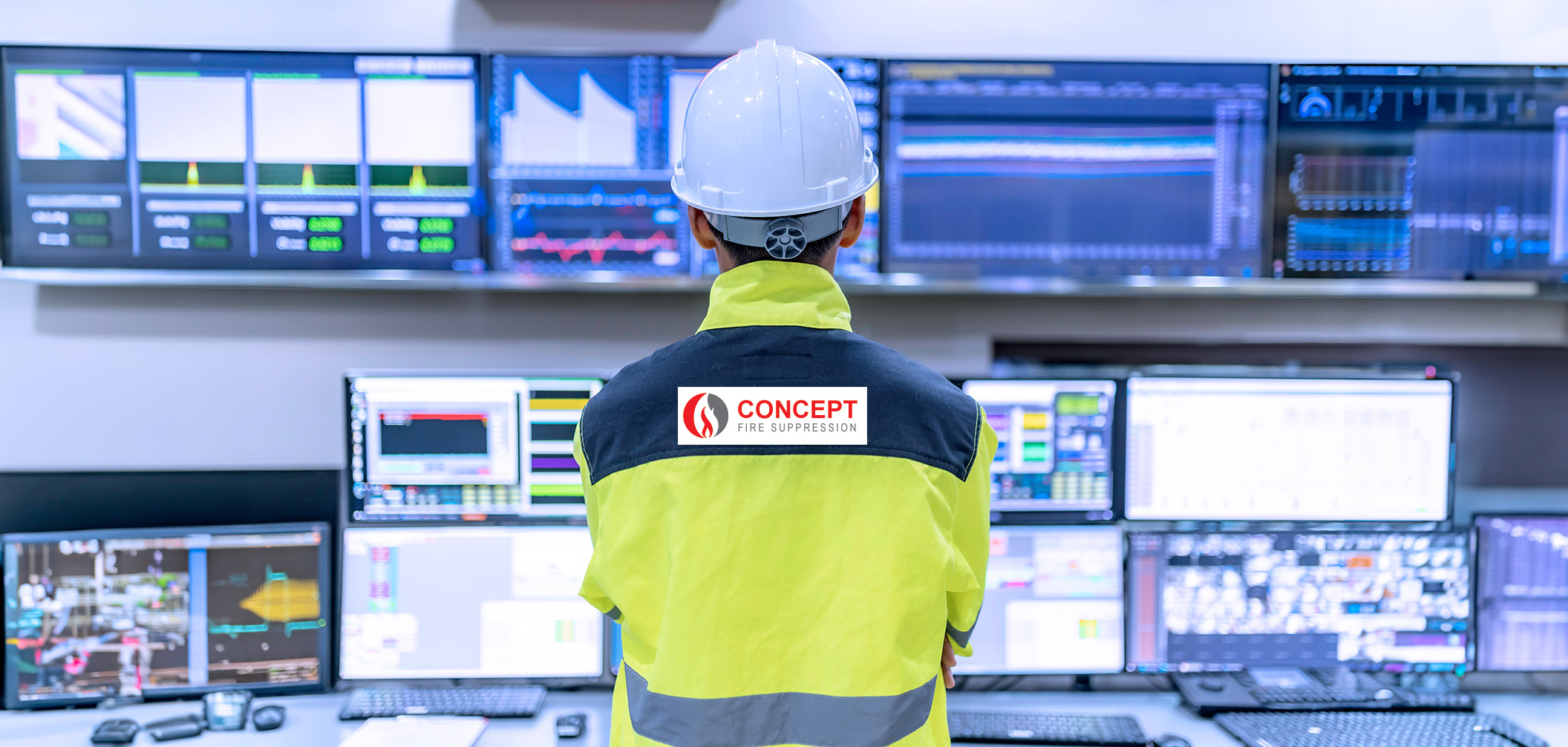14. Fire Suppression Standards and Regulations: Ensuring Compliance
Fire suppression standards and regulations play a crucial role in ensuring the effectiveness and reliability of fire suppression systems. Compliance with these standards is essential for maintaining a safe environment, protecting lives, and minimising property damage. Let’s explore the importance of fire suppression standards and regulations and the key aspects of compliance:
1. National and Local Standards:
Fire suppression standards and regulations are established at both national and local levels. National standards, such as those developed by organisations like the National Fire Protection Association (NFPA) or the International Organization for Standardization (ISO), provide overarching guidelines for fire protection. Local authorities, such as fire departments and building control officials, enforce specific regulations that align with national standards while addressing regional requirements.
2. System Design and Installation:
Fire suppression standards and regulations provide guidelines for the design and installation of fire suppression systems. These standards specify requirements for factors such as system capacity, agent types, detection methods, activation mechanisms, and system interconnections. Compliance with these guidelines ensures that the system is properly designed and installed to effectively suppress fires.
3. Equipment and Components:
Standards and regulations also govern the quality, performance, and certification of fire suppression equipment and components. This includes requirements for fire extinguishers, sprinkler heads, detection devices, control panels, and suppression agents. Compliance ensures that the equipment and components meet stringent safety and performance standards, enhancing their reliability during a fire emergency.
4. Inspection and Maintenance:
Regular inspection and maintenance of fire suppression systems are essential to ensure compliance with standards and regulations. These requirements outline the frequency and scope of inspections, functional testing, and maintenance activities. Compliance with inspection and maintenance guidelines helps identify potential issues, address maintenance needs promptly, and keep the suppression system in optimal working condition.
5. Recordkeeping and Documentation:
Fire suppression standards and regulations often mandate recordkeeping and documentation practices. This includes maintaining records of system design, installation, inspections, testing, and maintenance activities. Adequate documentation demonstrates compliance with the standards, assists in system troubleshooting, and provides a historical record of system performance.
6. Training and Certification:
Standards and regulations may also require training and certification for individuals responsible for designing, installing, inspecting, or maintaining fire suppression systems. Training programs ensure that professionals possess the necessary knowledge and skills to handle these critical tasks, promoting compliance with industry best practices and safety guidelines.
Compliance with fire suppression standards and regulations is not only a legal requirement but also a fundamental aspect of responsible fire safety management. By adhering to these standards, building owners, facility managers, and fire protection professionals demonstrate their commitment to the highest level of fire protection and the safety of occupants.
Working with fire suppression specialists who are well-versed in current standards and regulations is essential to ensure compliance throughout the lifecycle of the fire suppression system. These specialists can provide guidance, conduct inspections, and assist in maintaining and updating the system to meet evolving standards.
In the next section, we will explore the benefits of professional fire suppression system maintenance and the role of regular servicing in preserving system integrity and performance. Join us as we continue our journey through the world of fire suppression and its critical role in fire safety.
To go back and read again 13. Suppression Techniques: Choosing the Right Approach for Each Fire or to go forwards go to 15. Benefits of Fire Suppression Systems: Protecting Lives and Property you will have to wait until tomorrow.
If you have any queries please contact us now!







